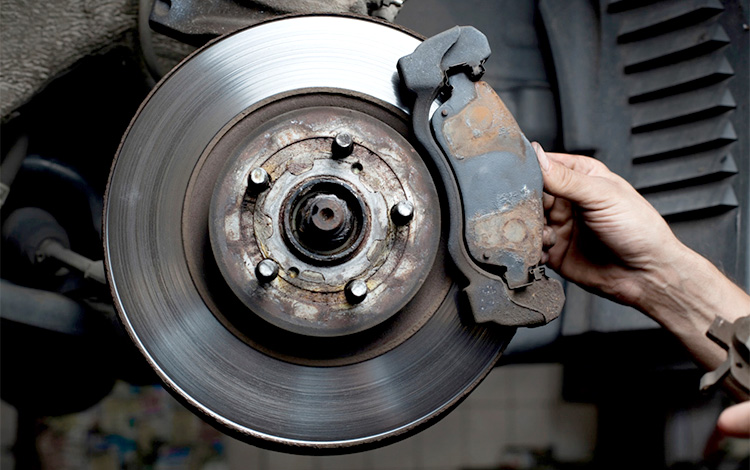
Spring Maintenance Tips

Spring is here!
We all recognize the importance of a yearly checkup and maintenance on our homes. Most of us will perform some kind of spring cleaning and fix any damage to our houses caused by the ravages of winter and the past year.
But how many of us take the time to do the same with the that other big investment in our lives, our car?
Here’s our top twelve list of maintenance tips that need to be done on every vehicle to ensure safety and maintain proper working order:
- Clean exterior of your car. It’s worth it to take your car to a good detailer or car wash that can properly wash off all the salt and dirt from the past winter, including the underside. If you find any paint chips or damage, cover as soon as possible. You can get touchup supplies from your dealer or store. You can use clear nail polish until then. This will greatly help in preventing rust.
- Inspect your windshield, wipers, and washer fluid. Ice, snow, and the cold of winter can all damage your wiper blades. Replace if wipers are frayed, torn, streak or chatter. Chewed up winter roads can cause chips that can grow into cracks. Repair any chips and avoid a complete windshield replacement. Remember to top up your washer fluid for the coming construction dust and insects hitting your screen.
- Change oil and oil filter. The rule of thumb is every 5,000 to 8,000 kilometres, or every season. You can follow the guidance of your oil life monitor if your vehicle is so equipped. Your owner’s manual also provides some guidelines.
- Check alignment/suspension/shocks/struts. All those potholes on our roads can throw a car out of alignment and disrupt the suspension. You might have an issue if your car has an excessively bouncy or rolling ride, a vibrating steering wheel or pulls to one side.
- Check tires. You should rotate tires to maintain even tread wear. At a minimum, check air pressure and air up, including the spare. Also, check tread depth to ensure that it is above ⅛ of an inch. Proper tire inflation and tread depth insure comfort, traction, handling, as well as maintaining fuel efficiency. Tires are a key safety feature and one of the most important on your vehicle.
- Inspect brakes. Open your window and listen for any squeaking, squealing, or grinding noises when you apply the brakes. That’s a sign that you might need new brake pads. Also, beware if your car pulls to one side when you brake, or if your brake pedal feels soft and slow to respond.
- Check all fluids. Top up your radiator/coolant, power steering, brake and transmission fluids. You know you have a definite fluid problem if there are puddles or stains under your car where you park. Again, follow the directions as specified in your owner’s manual or see your dealer to complete the checks for you.
- Test air conditioner. Turn your AC on to full blast. Make sure you are getting that max chill effect. You will need it on those hot, humid summer days.
- Check the battery. Ensure that all cables are properly attached and no visible signs of corrosion. Signs of a weakening battery are slower power windows, and dimmer interior lights or headlights.
- Observe all the belts or hoses. Look for any cracking, peeling, or wear and tear. Also, make sure the belts are not loose.
- Test your lights. You will need someone to give you a hand to make sure that all the lights and signals are in proper working order. If not, the problem might be with a bulb or a fuse.
- Clean the interior of car. Now, the exterior, under the hood and all the moving parts of the car are taken care of. Time to focus on the inside comfort of your ride. Clean all carpets to remove all the salt and dirt from the past winter. Take out all the baby car seats and vacuum all the dried up Cheerios. Don’t forget the trunk. Remove all your winter supplies and get ready for the heat.
It is very important to follow the instructions in the owners manual for your vehicle and the guidance offered by your dealer. Your dealer is there to help protect your vehicle not just for maintaining your warranty, but truly for protecting your investment.
It is critical to perform proper maintenance and inspections of your vehicle to retain top performance. More importantly, a proper maintenance schedule allows you to recognize any minor issues before they grow into major problems and expensive repairs.
Just as in taking care of your home, the average driver can perform some or all of the suggested inspections on their vehicle. Similarly, it will take time and expertise. Or many hours on Youtube.
It is always best to have a qualified professional when it comes to your significant possessions.
At Boyer Chevrolet Buick GMC our trained professionals are always here to help.
